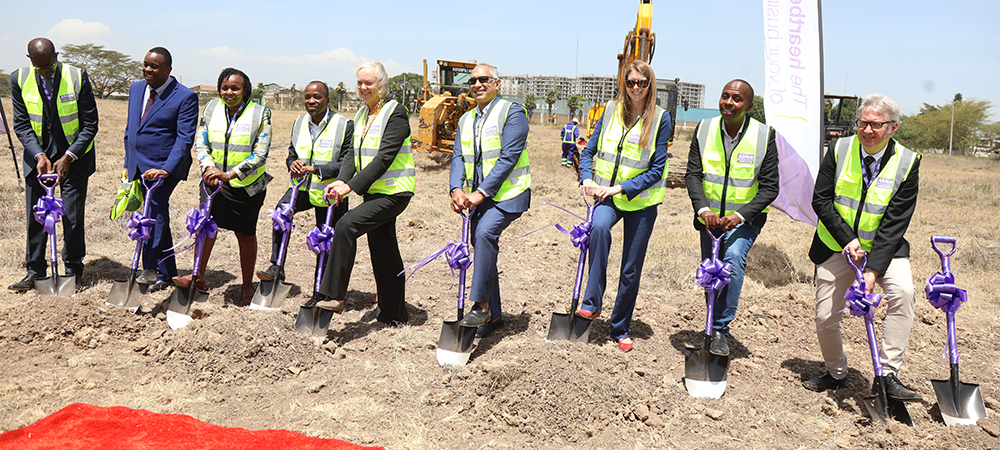The focus on Kenya as a key region aims to take the region further into the digital era and uplift the country’s profile globally as an attractive investment destination
Africa Datacentres, has broken ground on its new facility in Nairobi. The new build will expand its existing datacentre by up to 15MW of IT load; The facility will be built in the company’s leading-edge modular design.
Africa Datacentres, a business of Cassava Technologies, a pan-African technology group, is pleased to announce it has officially broken ground on an additional datacentre facility in Nairobi. The new build will see the existing facility on the adjacent piece of land expanded up to an extra 15MW of IT load.
ADC’s expansion at the new site will be completed in the first half of 2024 and will bring five times more capacity than is currently installed.
The event is a step forward in the company’s expansion plans announced in 2021, which will see Africa Datacentres investing $500m into building hyperscale datacentres across Africa with the support of the US Development Finance Corporation.
Kenya is the country that pioneered mobile money, and boasts of a wide range of incubators and tech startups, a clear sign of an innovative tech culture. The focus on Kenya as a key region aims to take the region further into the digital era and uplift the country’s profile globally as an attractive investment destination for international cloud providers, hyperscalers, and other ICT companies.
The new data facility will begin with 5MW of IT load and will be built in Africa Datacentres’ leading-edge modular design – an innovative approach that sees the entire facility, including all critical plant rooms, prefabricated off-site. This ensures the highest possible quality, whilst local contractors will still benefit from contracts to lay foundations, assemble, and complete the build.
“We believe that datacentres will play a significant role in digital transformation and economic growth on our continent. Without them, the push towards a digital economy in Africa will be missing a key pillar. Our decision to increase our investment in our datacentres in Kenya is in recognition of the position the country now occupies as a leader in the adoption of digital technologies in Africa” says Hardy Pemhiwa, Group President and CEO of Cassava Technologies.
During the ground-breaking ceremony, Tesh Durvasula, CEO of Africa Datacentres, said, “The expansion will enable Africa Datacentre clients to grow and scale depending on their requirements. They can start small, increase to a medium capacity, and even benefit from a hyperscale type of deployment in a few years if they choose to. This will enable customers to operate multiple deployments across our sites with a single operations team, campus, and infrastructure they are familiar with”.
He stresses that sustainability is at the heart of everything Africa Datacentres does. In terms of cooling, even as the largest network of interconnected, carrier- and cloud-neutral datacentre facilities on the continent, ADC has a strict policy of not using adiabatic systems. “We do not use water in any of our cooling systems and are one of the few colocation providers who have taken this step,” said Durvasula.
While the common belief might be that water and adiabatic systems are more efficient than air cooling systems, this simply is not the case.
“With the newest technology, if free-cooling capacity is maximised, it becomes far more efficient and saves water which is becoming a critical commodity, particularly in Africa.”
He added that Africa Datacentre is fortunate in Kenya as almost 70% of grid power is from green energy sources. “This helps us to meet our sustainability objectives because we understand no organisation can achieve zero carbon emissions by itself. We understand that sustainability is about ensuring that we conduct ourselves in a manner that minimises our impact on the environment. We extend this ethos to all of our partners, and constantly look for ways to ensure that all elements of the business contribute positively to the sustainability of the planet.”



